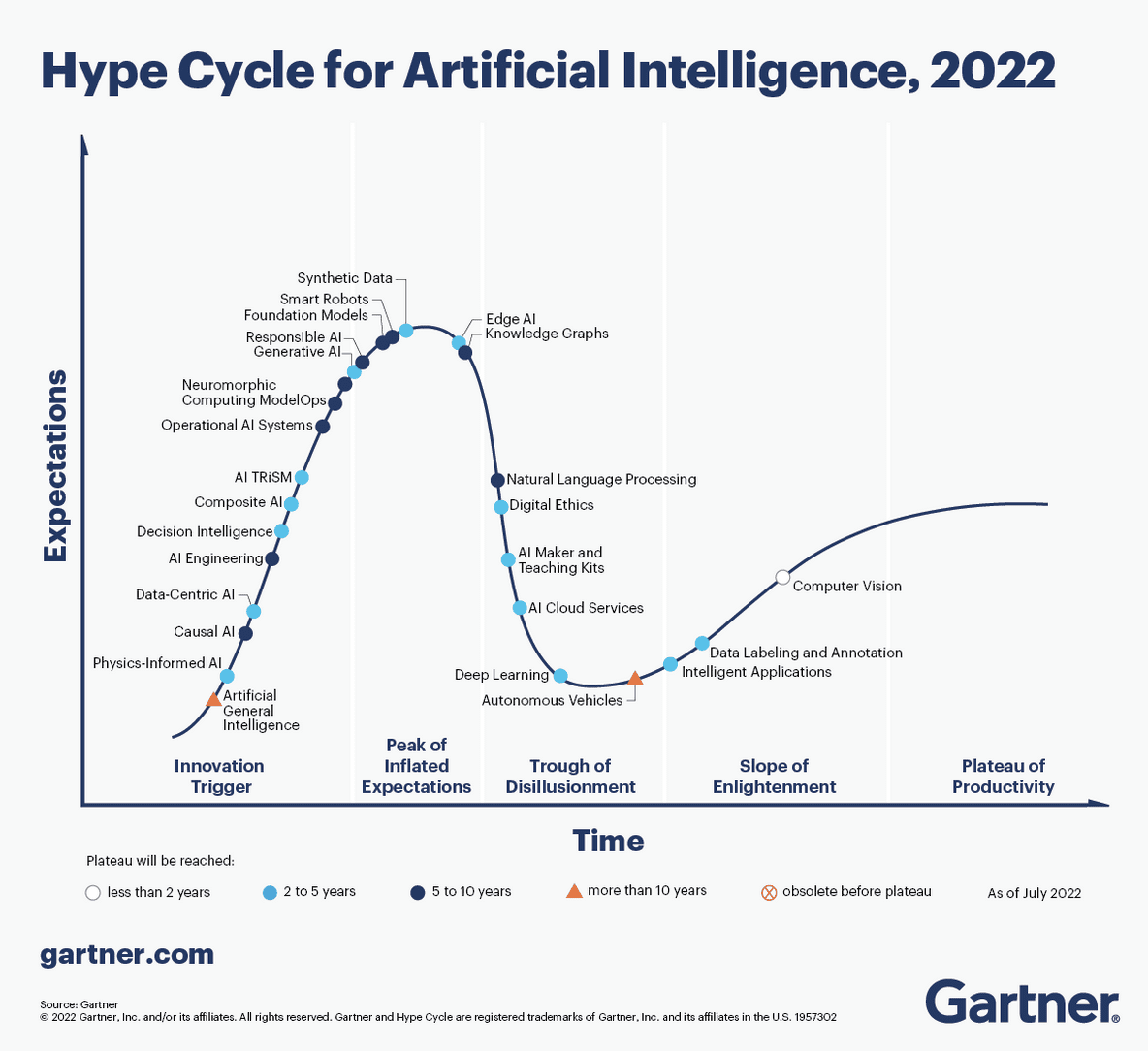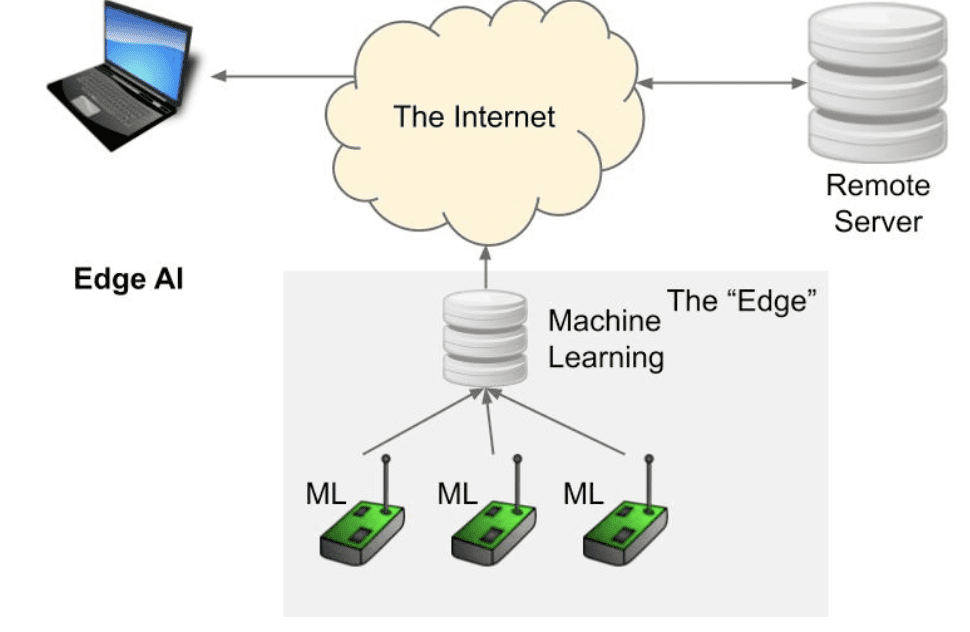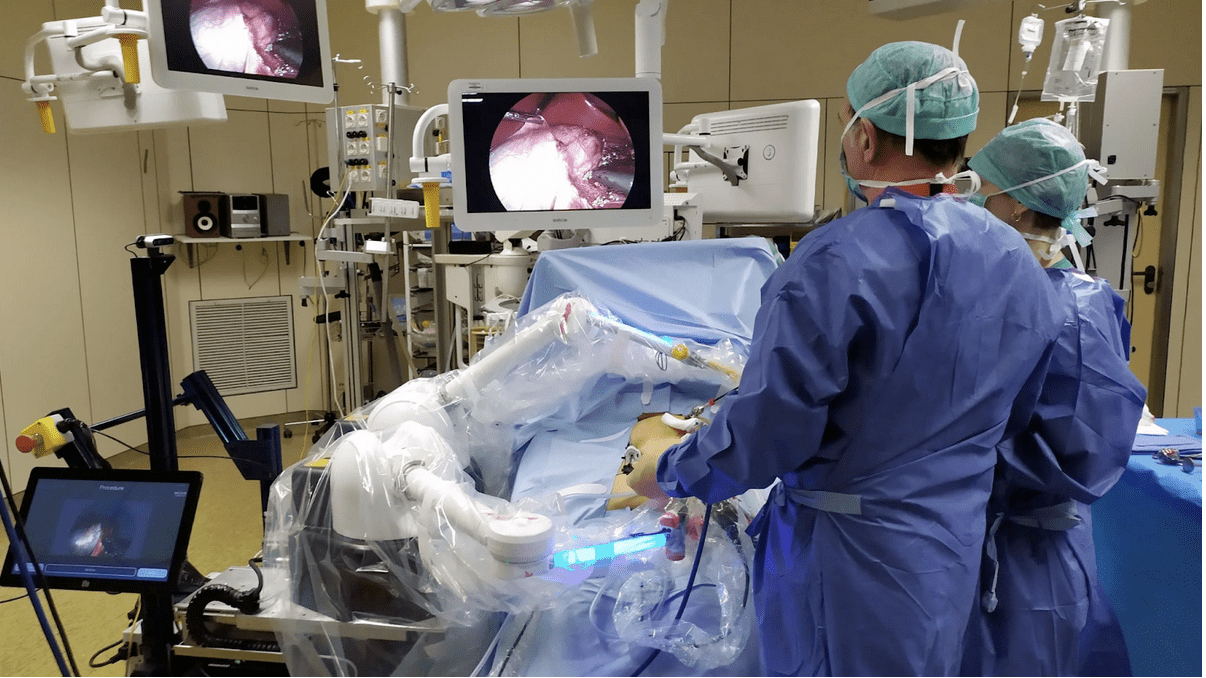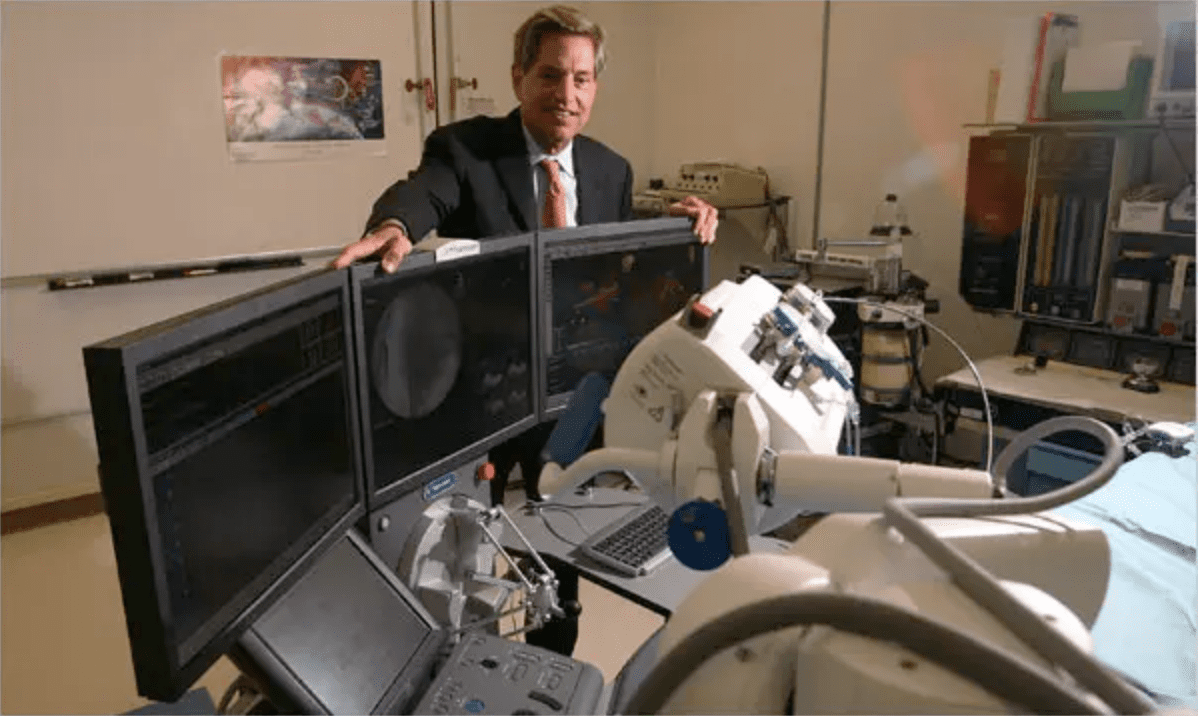Edge AI: Unlocking A Transformative Business Advantage for the next 2 to 5 years KellyOnTech
This issue continues to answer the question, what are the directions of AI innovations?
According to the AI Technology Maturity Curve 2022 published by Gartner, the world’s most authoritative IT research and consulting company, AI innovations fall into four main categories:
- Data-centric AI
- Model-centric AI
- Application-centric AI
- and Human-centric AI

The first two innovations have already been introduced, ( Synthetic data and Composite AI ). Innovations in application-centric AI include AI engineering, decision intelligence, AI operating systems, model manipulation, AI cloud services, intelligent robotics, natural language processing (NLP), autonomous vehicles, smart applications and computer vision. This issue focuses on edge AI.
What Is Edge AI?
Edge AI refers to the deployment of AI algorithms and models on edge devices such as smartphones, IoT devices or edge servers, rather than performing data processing and analytics in a centralised data centres or clouds, enabling real-time decision-making, reducing latency and saving bandwidth.

Edge AI is expected to become a mainstream AI application within two to five years with transformative business benefits:
- Edge AI can transfer task processing from the cloud to various devices, thereby overcoming the inherent problems of high latency and lack of safety of traditional cloud computing.
- Integrating edge AI into AI devices allows data processing to take place on the machine without the need to send additional data elsewhere. This significantly reduces processing time and greatly improves user experience.
- Edge AI combined with 5G can improve network efficiency to support and deploy various real-time AI applications, enabling real-time AI-based video analysis.
Some of the major players in the global edge AI market include Nvidia, Intel, Google, Microsoft and Amazon, among others. They provide edge AI solutions that combine computer vision, deep learning, natural language processing, robotics and other AI technologies to process data quickly and accurately.
What Are the Applications of Edge AI?
Due to the increasing demand for data security, low latency and real-time processing, the edge AI market is growing rapidly, mainly including the three applications:
- Autonomous vehicles: Edge AI enables real-time decision-making and enhances the safety of autonomous vehicles. By processing data from various sensors including cameras, radar and LiDAR, directly on the vehicle, edge AI algorithms can analyze and interpret the environment, detect objects, and make immediate navigation, collision avoidance, and control decisions.
- Intelligent surveillance: Instead of relying on sending all video data to the cloud for processing, edge devices can locally analyze video streams, identify objects, detect anomalies and generate alerts in real time. Surveillance systems based on edge AI offer the benefits of reduced network bandwidth requirements, lower latency, improved privacy, and enhanced security by quickly recognizing and responding to security threats.
- Industrial IoT and preventative maintenance: Edge AI is valuable for industry applications, primarily in preventative maintenance. By deploying AI models directly on edge devices or gateways in industrial environments, all types of equipment can be monitored in real time. Edge AI algorithms can analyze sensor data, detect patterns and identify signs of equipment failures or anomalies that may indicate maintenance is required. This approach helps prevent costly failures, optimize maintenance schedules and improve overall operational efficiency across industries such as manufacturing, energy and transportation.
Edge AI Market Outlook
According to the latest report of American Consulting firm Grand View Research, by 2030, the global edge AI market is expected to reach $66.47 billion, at a CAGR of 21% from 2023 to 2030.
Which Edge AI Company to Watch?
Founded in 2019, French surgical robotics company Moon Surgical aims to revolutionize the way surgery is performed. Their mission is to provide surgeons with the latest in computer vision, haptics and robotics technologies, improving surgical workflow efficiency and making surgical procedures more precise and efficient.
In June 2022, Moon Surgical completed a $31.3 million Series A round of financing. In May 2023, the latest round of financing amounted to $55.4 million, led by Sofinnova Capital Strategy and Nventure, the venture capital arm of Nvidia, with follow-on funding from Johnson & Johnson Innovation (also known as JJDC) , GT Healthcare Capital and other investment institutions.
Why Is Moon Surgical Sought After?
Let’s talk about laparoscopic surgery first. This kind of surgery itself is very complicated and needs to be guided by the display screen. The surgeon operates the main console outside the abdominal cavity to perform minimally invasive surgery in the patient’s abdominal cavity. This type of surgical robots has tens of thousands of components, involving research and development in different technical fields, such as motor design, robotic arm, electrical, hardware, software, control and algorithms.

The high barriers of surgical robots are not only reflected in chips, materials and other technologies, but also two indicators that are difficult to quantify: safety and reliability. These two indicators rely more on the surgeon’s experience, and need to go through continuous clinical testing, get data, convert clinical needs into engineering needs, and continuously iterate and improve. At the same time, it requires core technologies in mechanical architecture, electric architecture, software architecture, complex algorithms and visual impact control.
Moon Surgical’s Maestro surgical robotic system is positioned as an all-around surgical assistant. It has two flexible and stable robotic arms, and the operating joints can rotate and turn beyond the limits of the human wrist. By securing probes, cameras and other instruments, it assists surgeons in difficult and time-consuming operations such as laparoscopic surgery.
Dr. Frederic Moll
Dr. Frederic Moll deserves a mention here. He has served as an advisor to Moon Surgical’s board of directors since the 2022 financing and was recently appointed as the independent chairman of the board. He is a pioneer in the field of surgical robots. Back in 1995, he founded Intuitive Surgical to develop minimally invasive robotic-assisted tools and platforms, including the FDA-cleared da Vinci system for robotic-assisted surgery.

He founded another lung cancer diagnostic soft robotics company Auris Health. In 2019, he sold it for $3.4 billion to Ethicon, a unit of Johnson & Johnson’s Medical Devices. Then in April 2019, he served as the Chief Development Officer of Johnson & Johnson Robotics to date.
Dr. Frederic Moll believes that the Maestro surgical robot system can fully control the tasks originally performed by human assistants in a much more fluid and convenient way. A huge benefit of this system for any surgeon is the freedom to perform each surgery in the most efficient manner possible.
FDA Clearance
Moon Surgical’s Maestro surgical robotic system received FDA clearance in December 2022, and European Union regulatory clearance in April 2023 with the CE mark. The company estimates that more than 18 million soft tissue surgeries will benefit from the Maestro robotic surgical system each year.
To sum up, minimally invasive and intelligent surgery is the future trend. There are quite a lot of global clinical needs to be addressed. However, at this stage, surgical robots are expensive. For example, a da Vinci surgical robot can easily cost more than $3 million, and the cost of a single operation passed on to patients remains high. Cost optimization is an opportunity for surgical robotics. According to incomplete statistics, a total of 15 surgical robots were approved in China in 2022, including three laparoscopic surgical robots.




